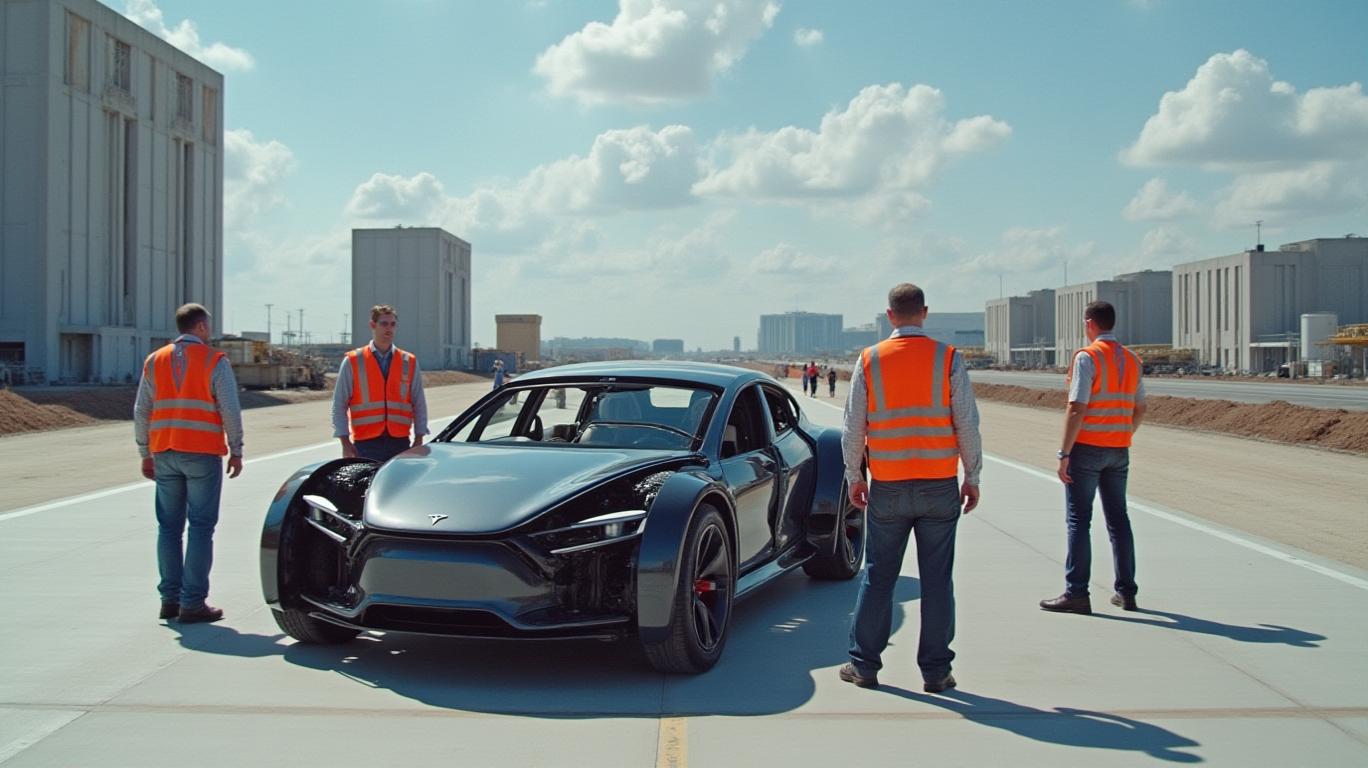Nidec Projects Rise in Annual Profit Amid U.S. Tariff Challenges, Bolstered by EV Innovation and Restructuring
Nidec Corporation (6594.T) has emerged as a resilient force in the global manufacturing sector, projecting a 19% increase in net profit to ¥200 billion for fiscal 2025 despite escalating economic headwinds, including U.S. tariffs. The Tokyo-based motor giant’s upward revisions—raising its fiscal 2025 net profit forecast to ¥185 billion in October before settling at ¥185 billion—underscore its ability to navigate trade barriers through strategic restructuring, technological innovation, and a sharp focus on high-margin markets like electric vehicles (EVs).
Strategies to Counter Tariff Pressures: Restructuring and EV Dominance
Nidec’s success hinges on a multi-pronged strategy to offset the financial drag of U.S. tariffs, which have disrupted global supply chains and raised input costs. Key measures include:
Operational Restructuring: The company is reducing its workforce and streamlining operations to cut costs, aiming to boost operating profit to ¥350 billion by fiscal 2028, up from ¥240.2 billion in fiscal 2024. This restructuring helped turn the automotive products division from a ¥53.66 billion operating loss in Q4 2023 to a ¥4.09 billion profit in Q4 2024, demonstrating the efficacy of its cost discipline.
EV Market Expansion: Nidec is doubling down on its leadership in e-axle traction motors, a compact, integrated system that combines an EV’s gear, motor, and power electronics. This innovation, critical to reducing vehicle weight and boosting efficiency, has positioned the company to capture a growing slice of the EV market.
Profit Over Revenue: While fiscal 2025 revenue is expected to dip 0.3% to ¥2.6 trillion, Nidec is prioritizing margin growth through high-demand segments like industrial equipment and automotive components.
Strategic Acquisitions: Nidec’s ¥257.3 billion hostile bid for Makino Milling Machine Co. highlights its ambition to bolster manufacturing capabilities. Makino’s precision tools could enable Nidec to produce components locally or in lower-tariff regions, reducing reliance on U.S. imports.

Financial Resilience and Analyst Optimism
Nidec’s financial results reflect this strategic pivot. Despite a ¥16.99 EPS miss in Q2 2025 (a 55.61% shortfall), the company rebounded in Q4 with 9.8% year-on-year revenue growth to ¥661.13 billion, driven by automotive and industrial segments. Analysts now project a ¥161.76 EPS for fiscal 2025, a downward revision from earlier estimates but still robust.
The stock, split 2:1 in October 2024, currently trades at ¥2,793, far below brokerage consensus targets. Analysts anticipate a 46.65% upside to ¥4,095.90, while GuruFocus estimates a 59.41% upside to ¥4,452.36, citing Nidec’s long-term growth trajectory.
Conclusion: A High-Conviction Play on EVs and Operational Excellence
Nidec’s ability to grow profit while shrinking revenue highlights its mastery of margin management and innovation. With ¥350 billion in operating profit by 2028 as a clear target and its EV technologies gaining traction, the company is well-positioned to outpace competitors in a tariff-challenged landscape.
The data speaks plainly: Nidec’s automotive division turnaround, its aggressive acquisitions, and its focus on high-margin products have solidified its resilience. With a valuation still below long-term estimates and a 19% net profit growth rate in 2025, investors looking for exposure to the EV boom and Japanese industrial strength would do well to consider Nidec—a testament to strategic agility in turbulent times.

_0e1fe4dd1749774841146_643349c61749775382406.jpg)








